
The Eskimo peoples are the descendants of hunters who crossed from Siberia to Alaska towards the end of the last Ice Age (about 12,000 years ago today), when Asia and the Americas were connected by land. However, according to some claims, M.He. in the year 3000, they crossed the Bering Strait to America. Although the Eskimo peoples have adapted to sedentary life today, they still continue their lives as a hunter-gatherer society. Now we will tell you what Eskimo is for you and give interesting information about the Eskimos.
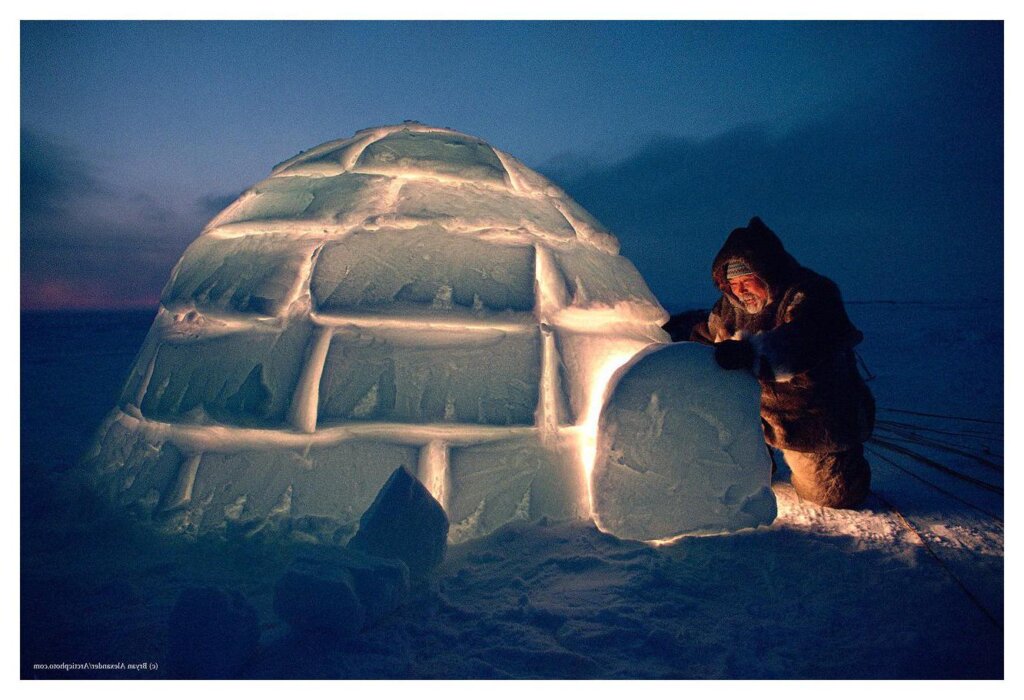
Where Do the Eskimos Live?
Eskimos, or Inuit, and Yupiks live scattered throughout the four countries of the Arctic region. They form the largest group of Aleut peoples living in Eastern Siberia, Alaska, Canada and Greenland and speaking Eskimo – Aleut languages.

Eskimos are hunter-gatherers. The Inuit arrived from Siberia about 5000 years ago, crossing the Bering Strait by sea. They settled first on the shores of the Greenland Arctic Ocean, and then on a number of islands north of Alaska and Canada.
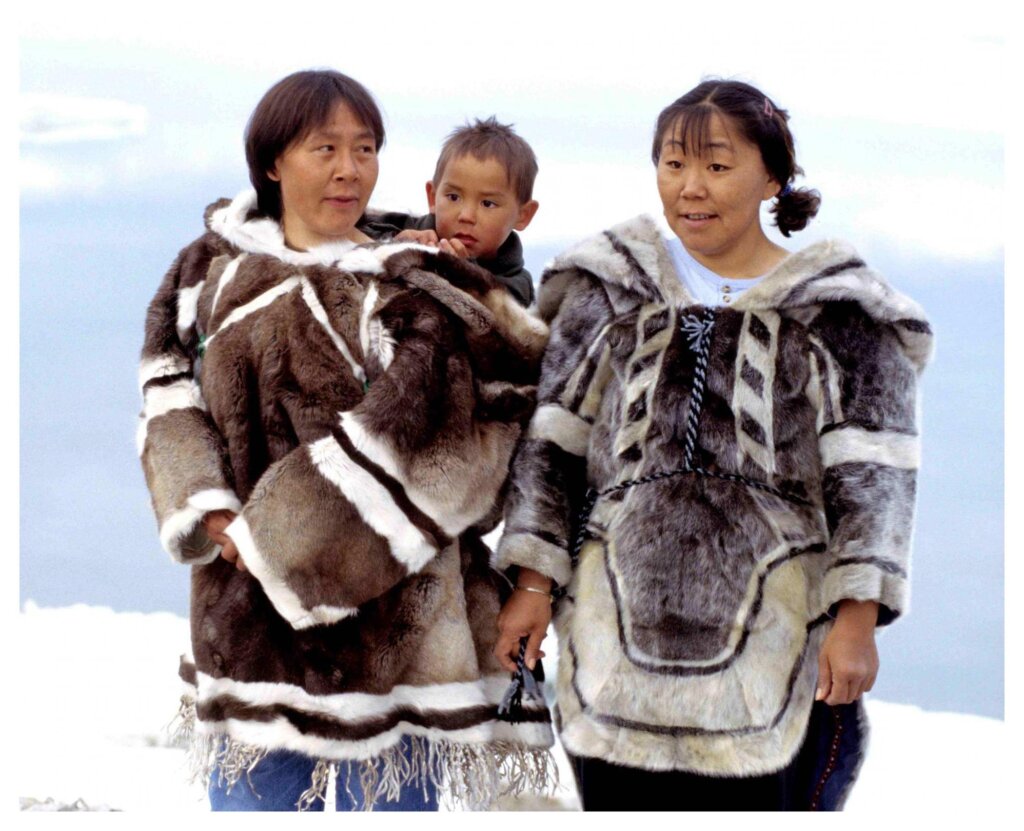
What Does Eskimo Mean?
The most widely accepted etymology of the word “Eskimo” in Western languages is the theory put forward by Ives Goddard of the Smithsonian Institution. According to him, Eskimo; Innuca (Montagnais) from the Algonkin languages means “snowshoe knitter” (snowshoe knitter).
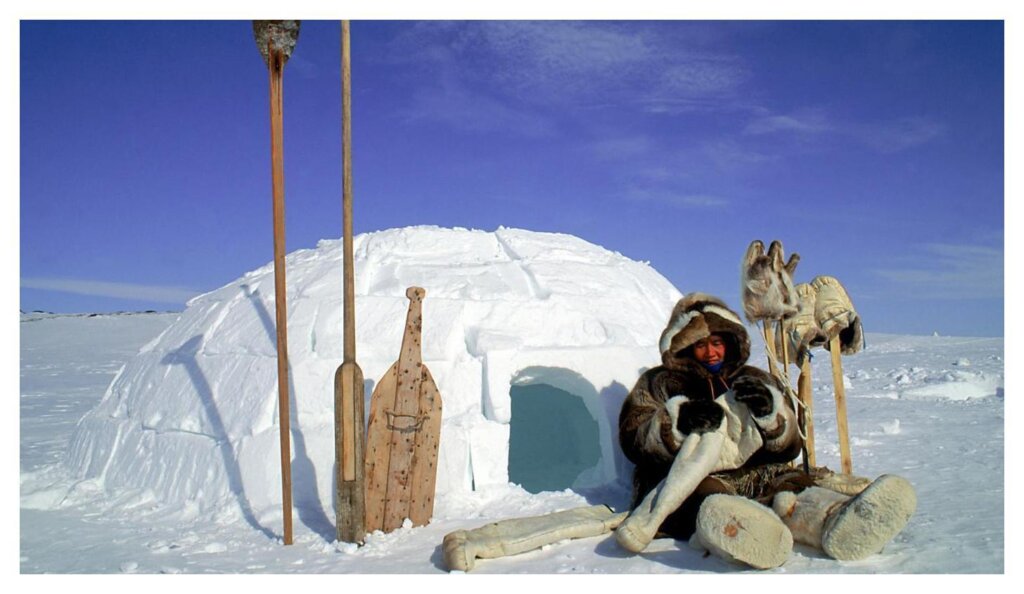
They consider it an insult to use this word to describe themselves, since in local folklore it is believed that this word means “a person who eats raw meat”. However, the word Eskimo does not carry the meaning of insult or contempt in other languages and is widely used in anthropology and archeology. The words Inuit and Inuk are officially used in Canada instead of Eskimos.
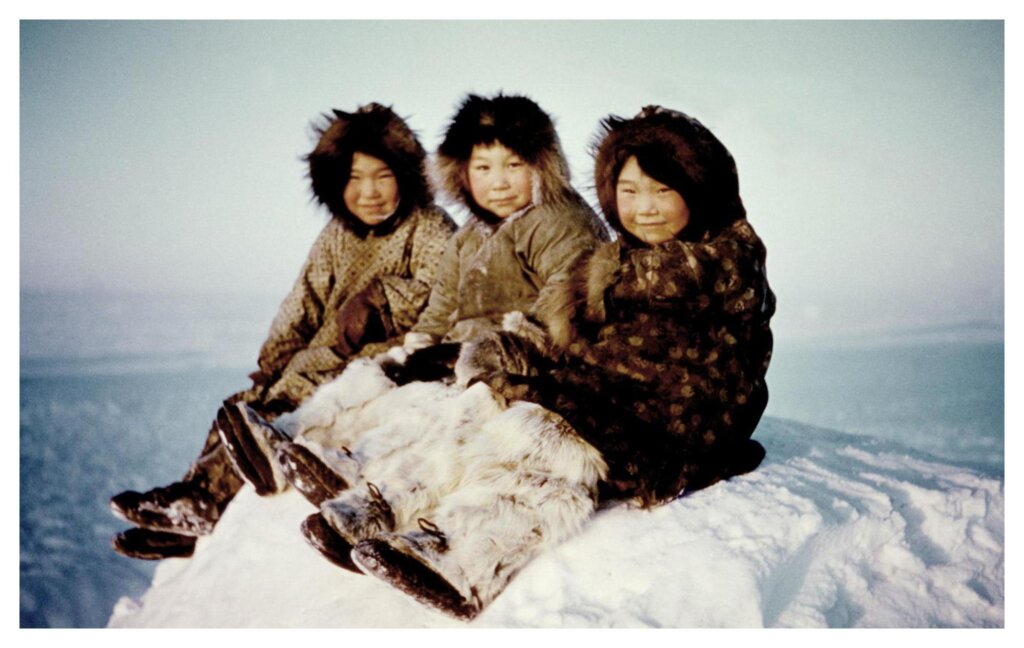
The Life of the Eskimos
Since their ancestors settled in various regions, they have developed different cultural characteristics, but these very diverse communities have common characteristics that are still alive today. Today, Inuit mostly live on both sides of the legal borders of Greenland, Canada, the United States and Russia.

In Alaska they live in rectangular houses plastered with mud, in Greenland in domed houses made of stone, earth and whalebone, and in Canada in domed houses made of ice called igloos. However, there are also Inuit who live in modern houses.
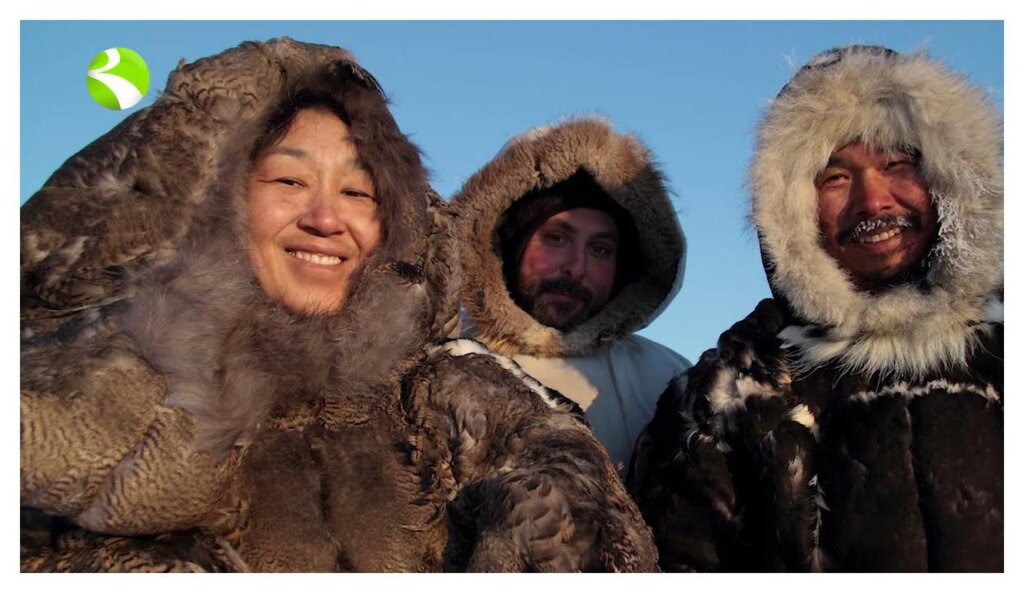
They provide land transportation by sleds pulled by dogs, sea transportation by kayaks called “kayaks”, and boats made of wood and leather called umiak used by women. But today they also use motor vehicles, motor sleds, firearms and modern camping equipment.
The vast tundra region inhabited by the Inuit is covered with soils that are not arable due to the freezing northern winter, which lasts eight to nine months a year. Therefore, the Eskimo economy is based on hunting and fishing (especially whaling). Their staple food is fish, reindeer and dugout.
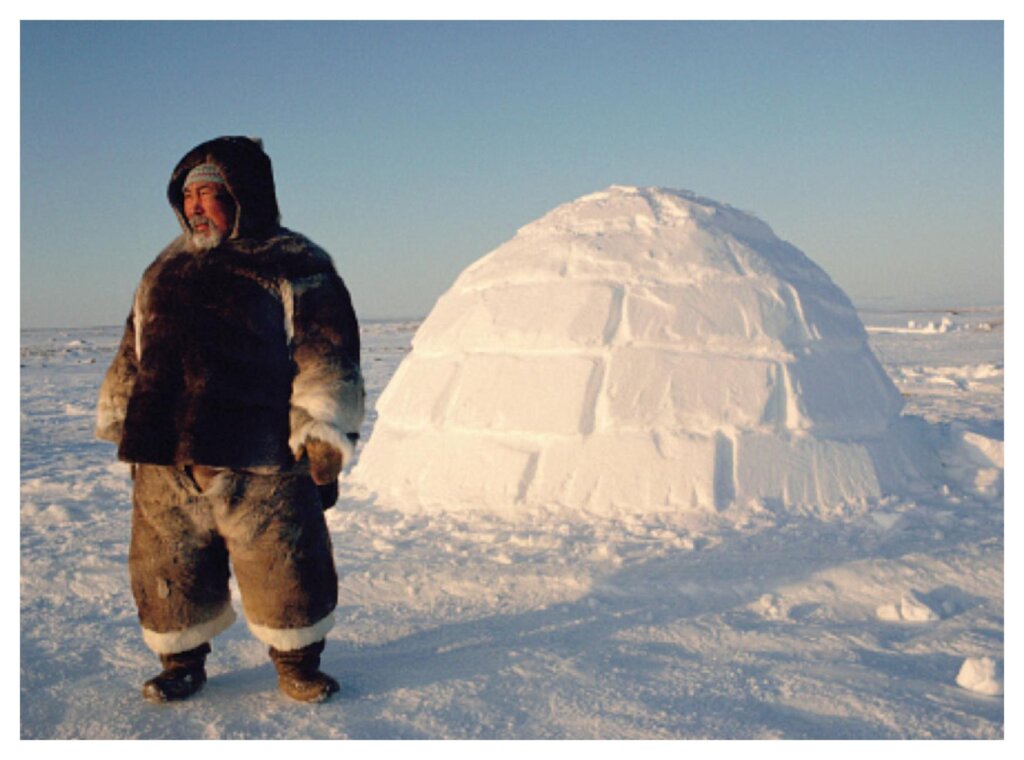
The Eskimos Used to Kill Babies
The Eskimos used to kill their babies. Like the Yupiks in the Yukon, the Malimiut Inyupiks would first stuff weed into the mouth of a newborn girl and then leave her to die.

The Inuit of Canada used to leave babies to die on the ice. The Inuit of Northern Greenland preferred boys, although they did not arbitrarily kill girls, they usually did so in times of hunger. It has also been recorded that Arctic Eskimos kill children by throwing them on the ground or throwing them into the sea.
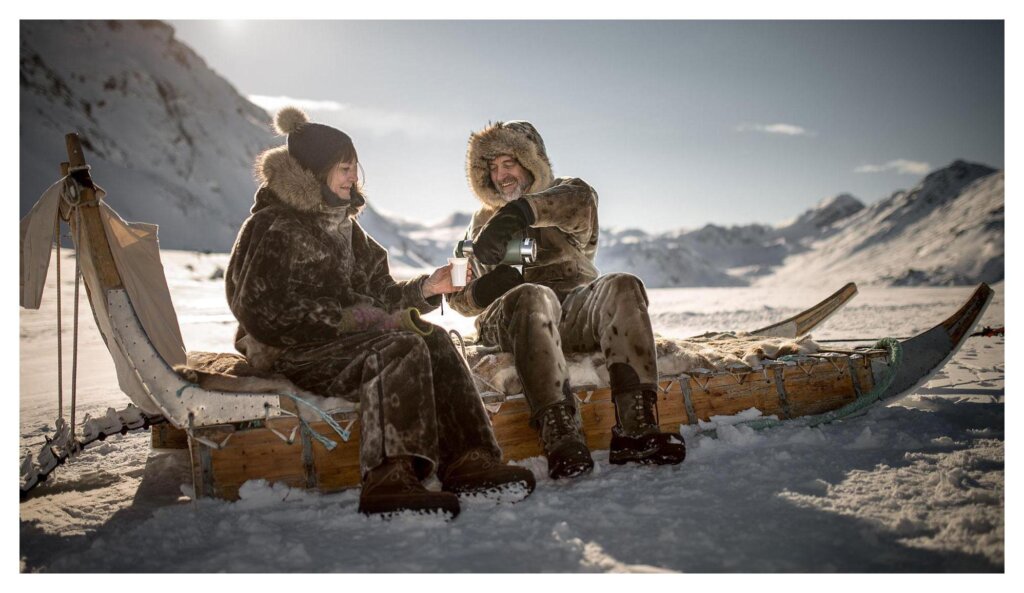
The Eskimos abandoned the tradition of slaughtering girls as soon as they were born in the 1930s and 1940s after becoming acquainted with Western cultures.
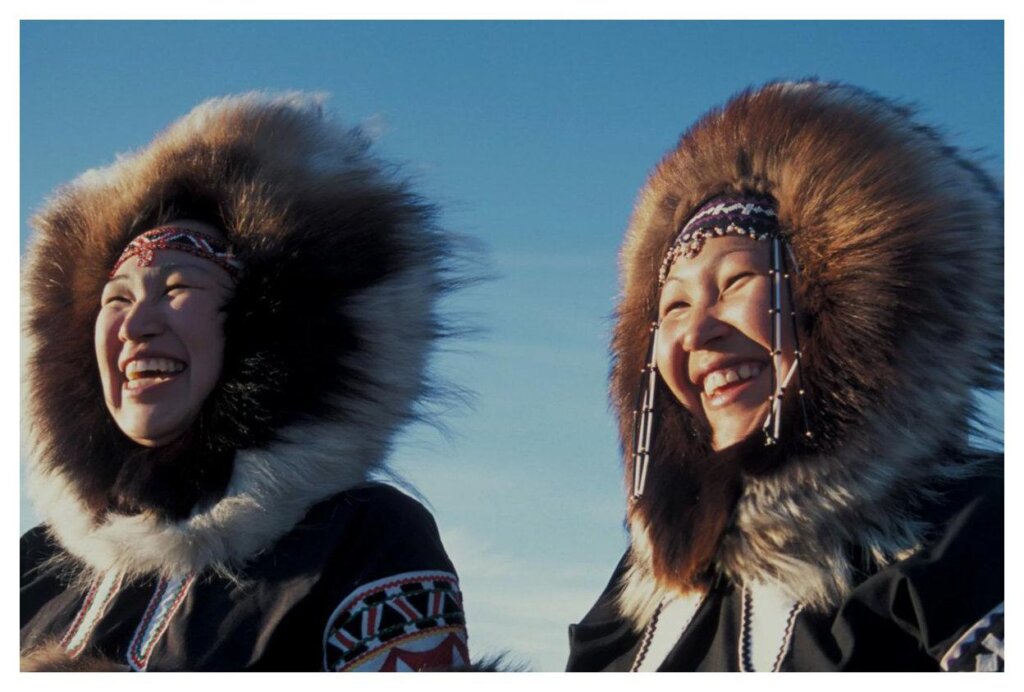
Religions Believed by Eskimos
Most Eskimos have Shamanic or Christian beliefs. Christian Eskimos “belong to the Evangelical Lutheran Church of Greenland and the Moravian and Anglican churches. The traditional Eskimo faith, on the other hand, is a complex and orally transmitted belief system from generation to generation, organized around clerics called shamans. Epics and poetic fights with songs occupy an important place in their culture.
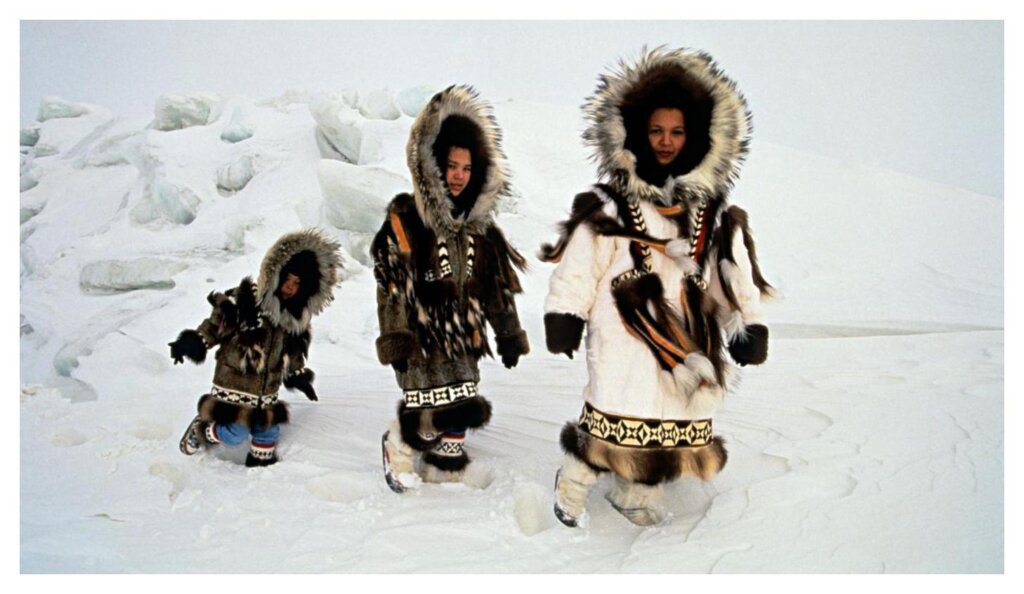
Eskimo masks are masks that Eskimos use in dance or shamanistic ceremonies, both from the Yupik and Inuit branch. Dry wood, skin, bones, horns, feathers, hair, etc. it is used as a material and is usually painted with bright paint. Miniature masks made of walrus ivory from the early Paleo-Eskimo and early Dorset culture have been found. Today, among the masks of the Eskimos, the Yupik masks stand out Decisively.
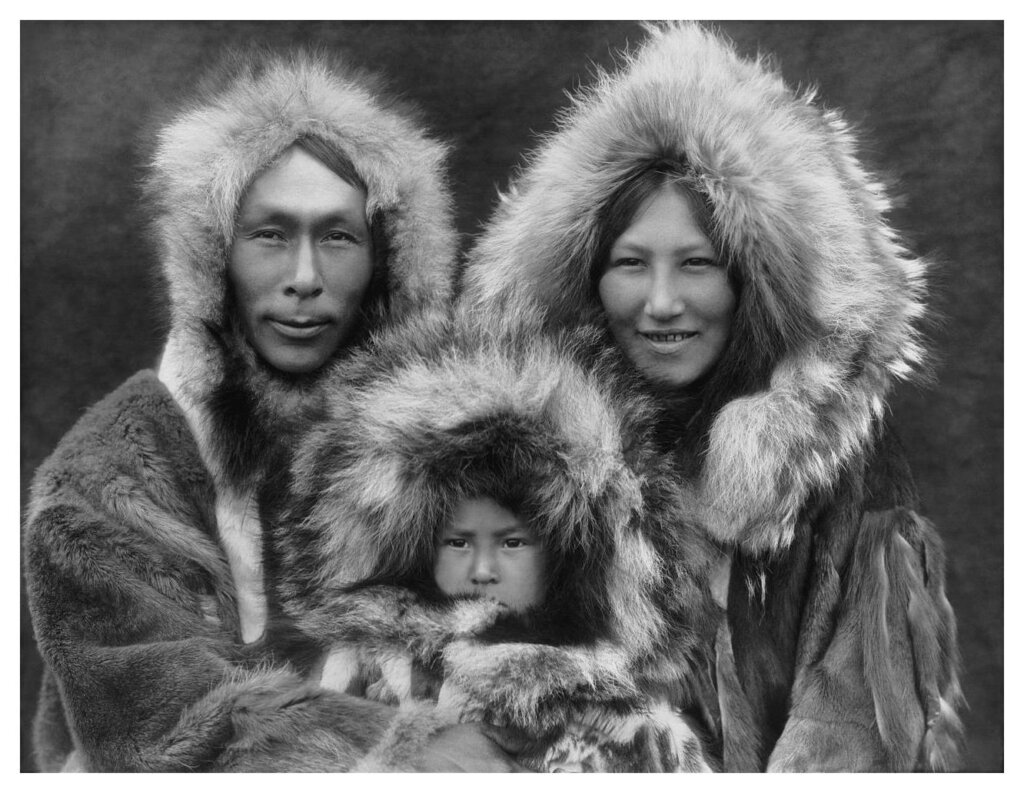


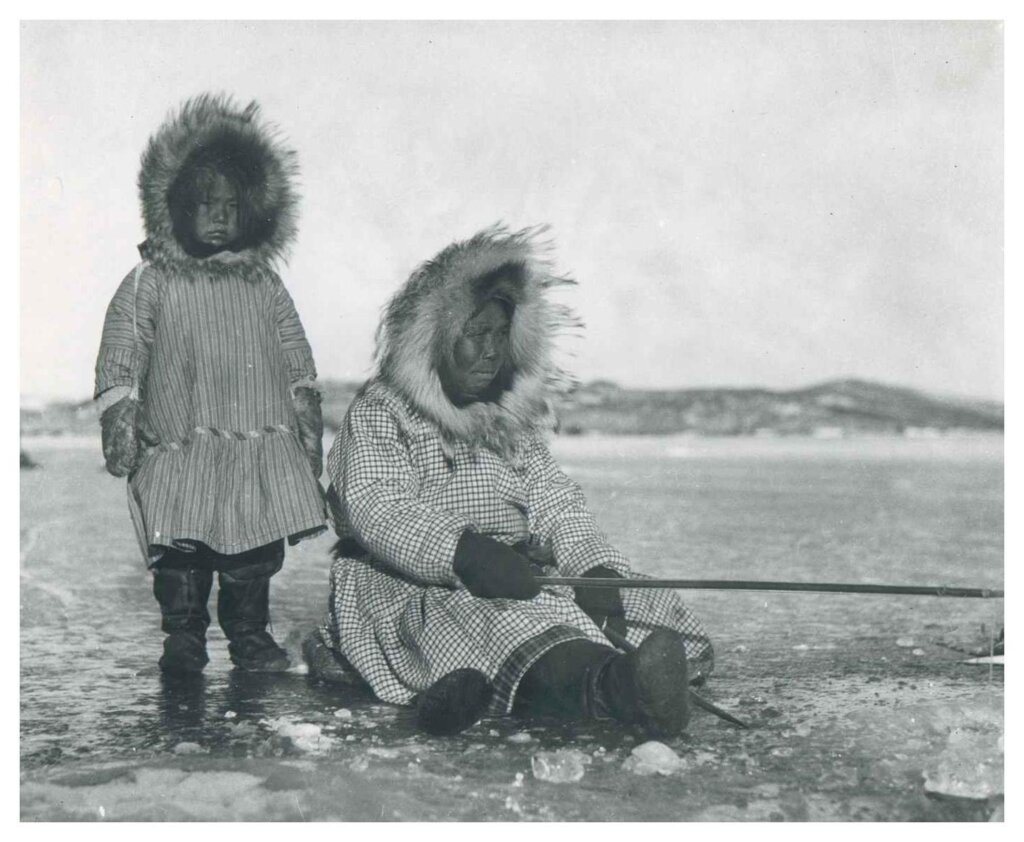
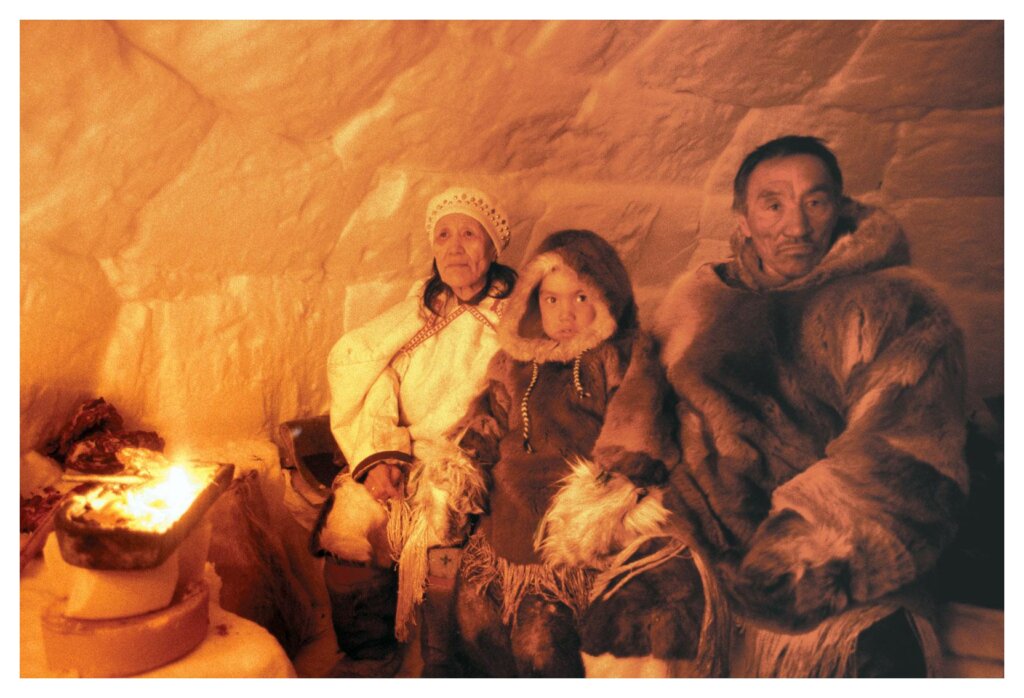
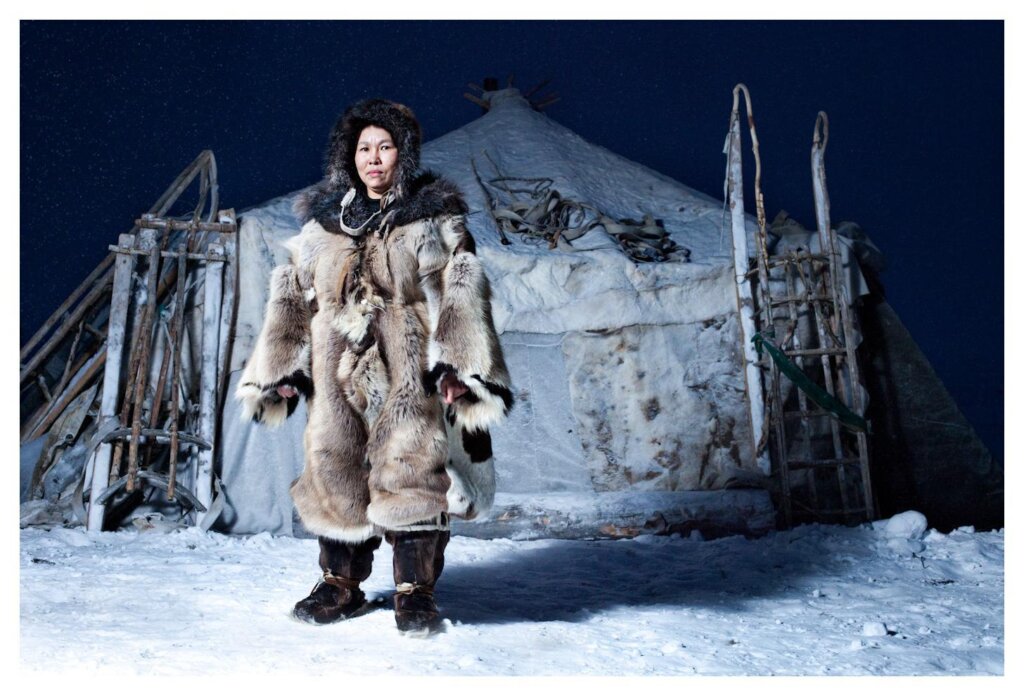
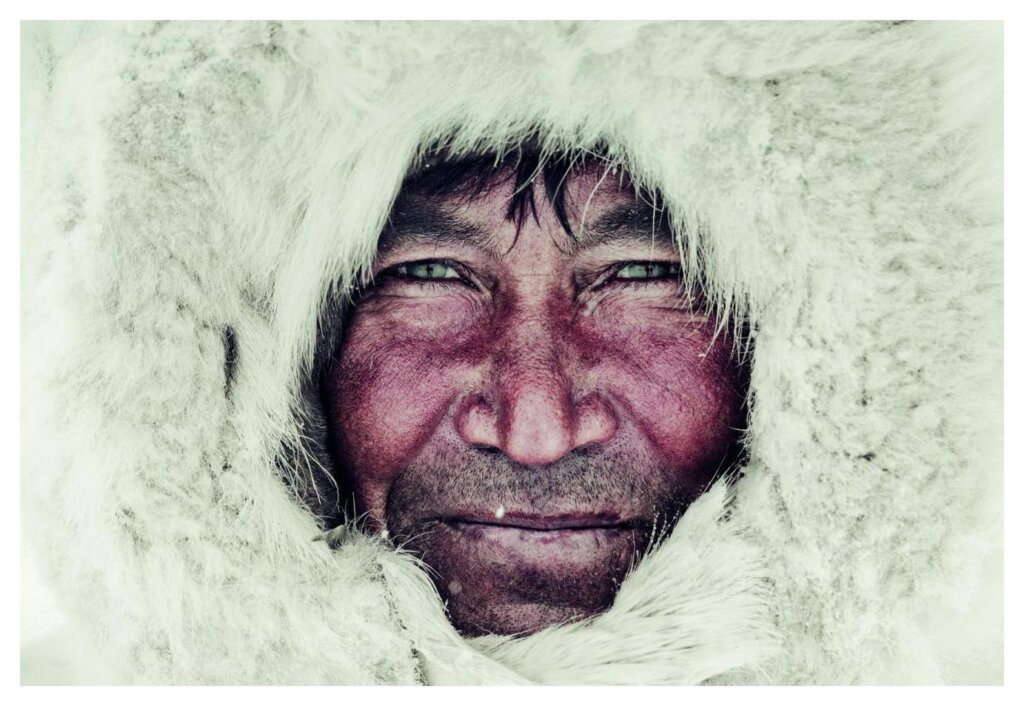
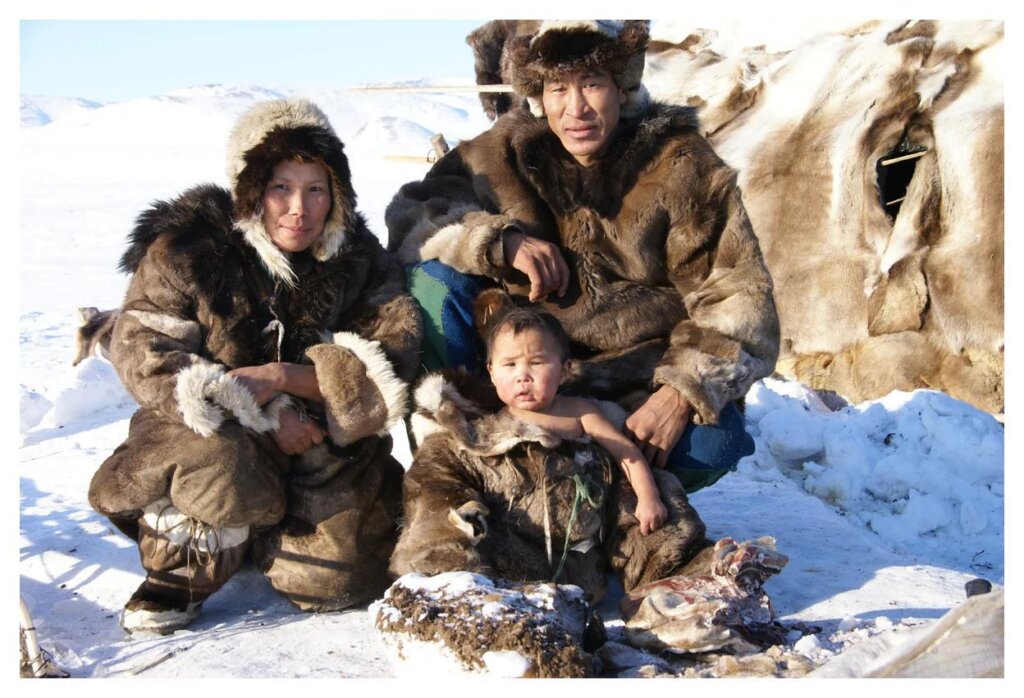
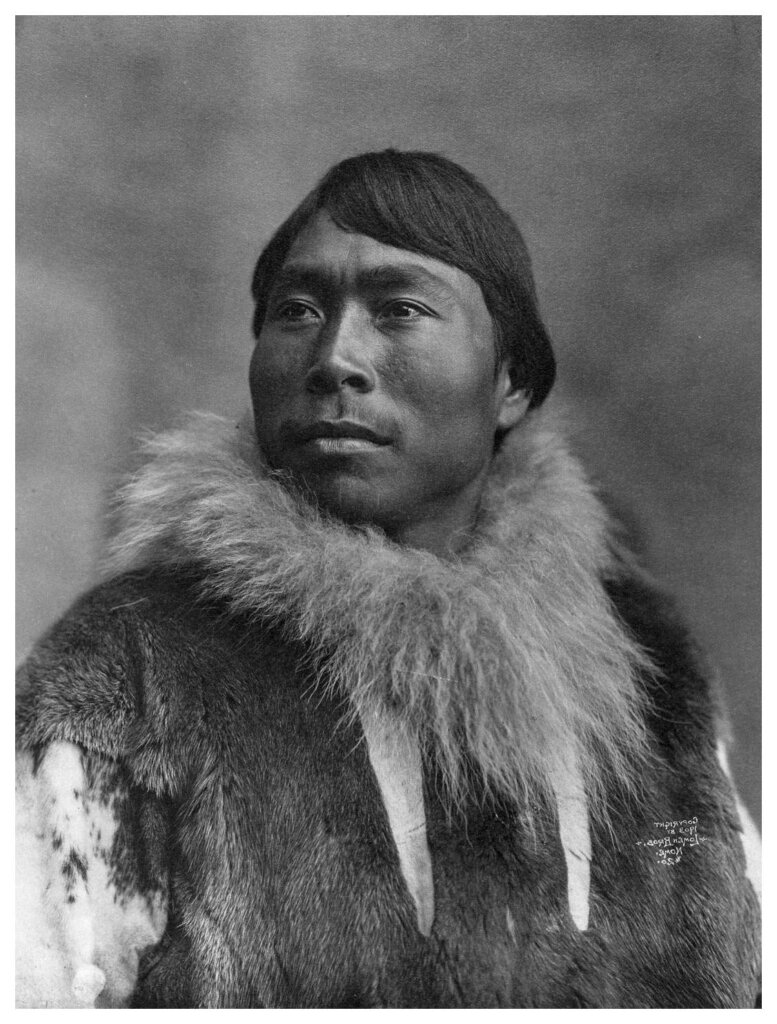
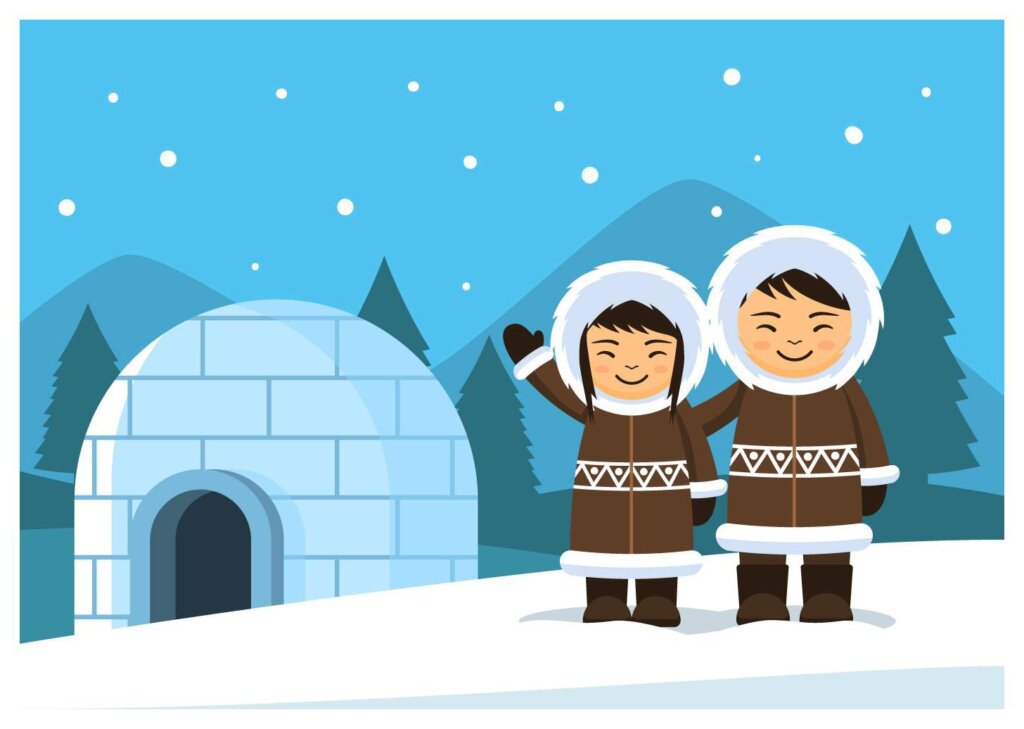
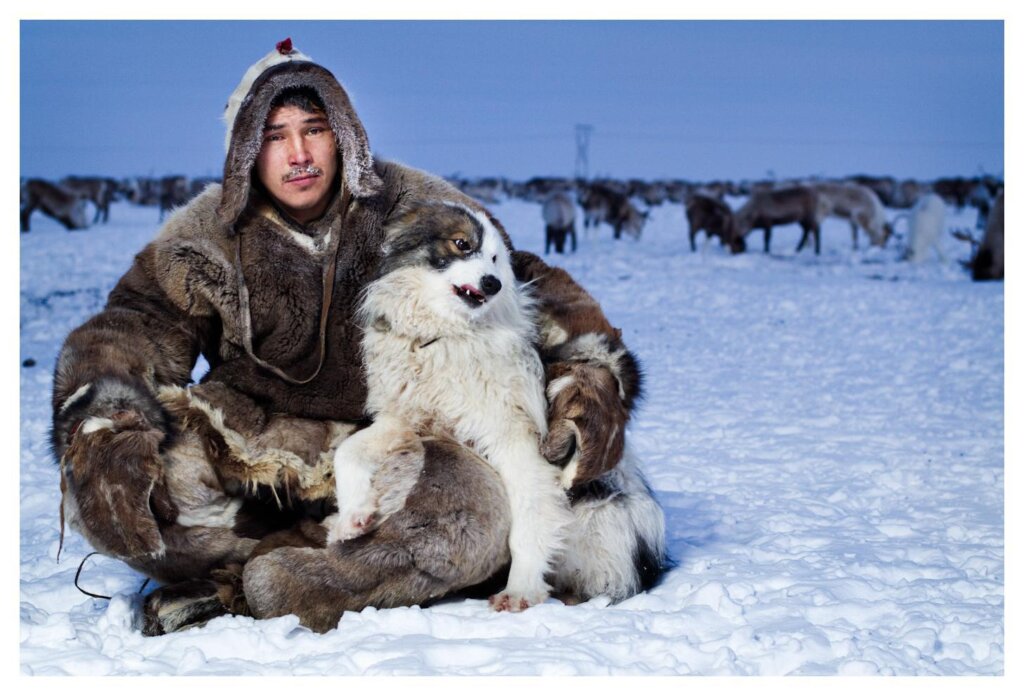
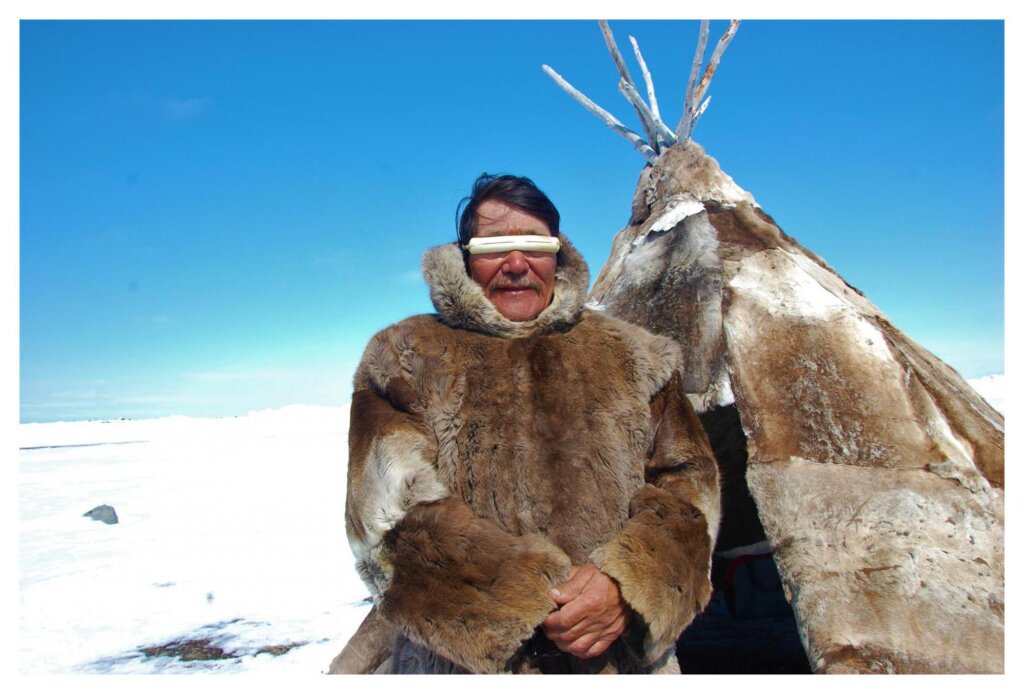
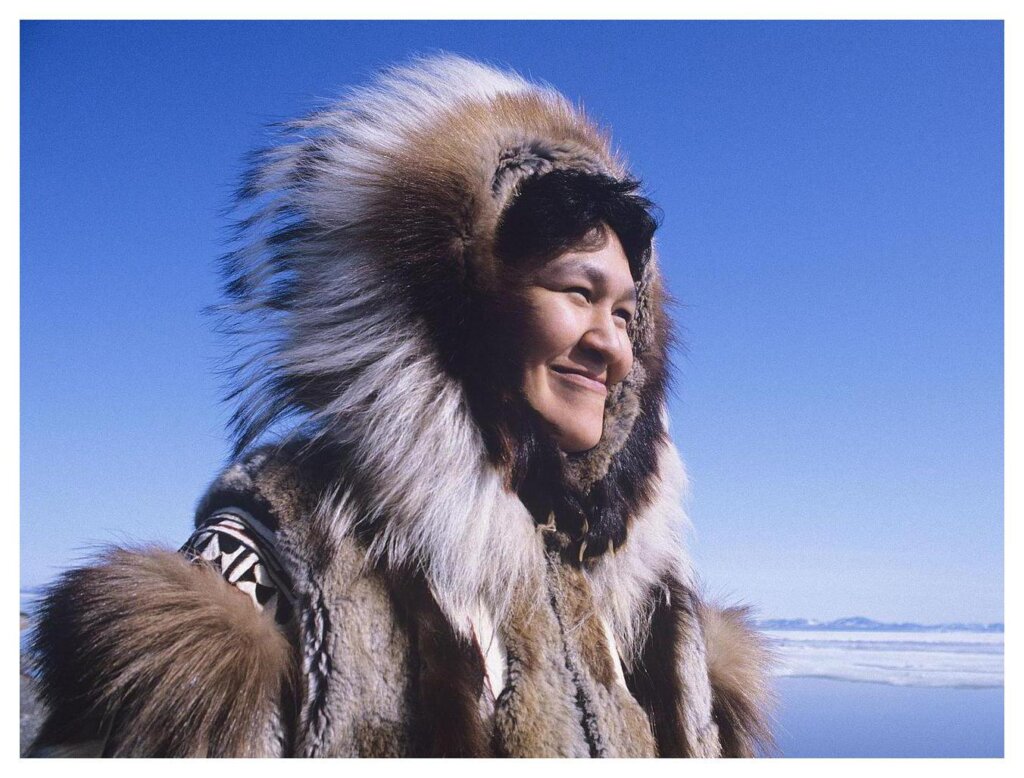
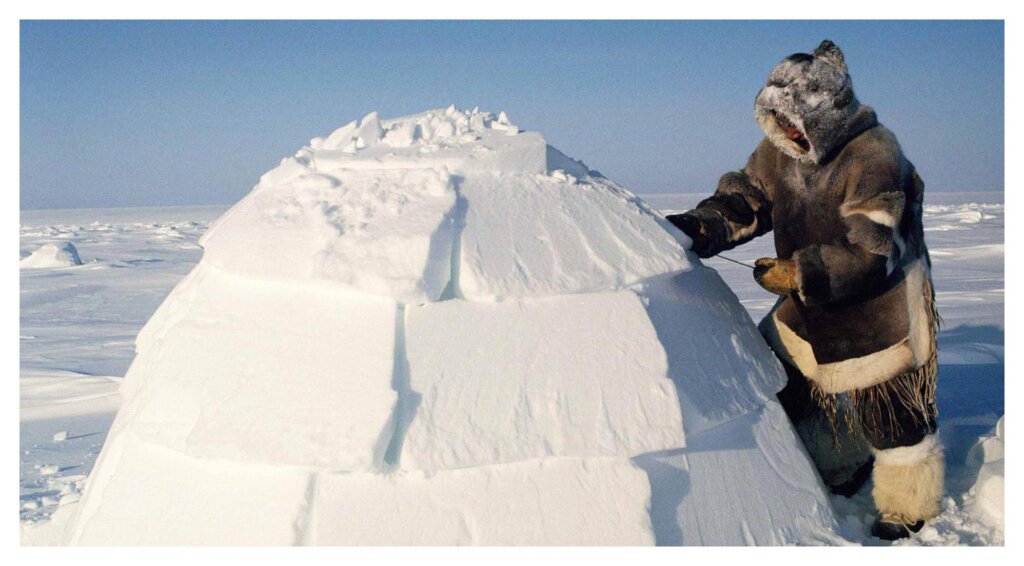
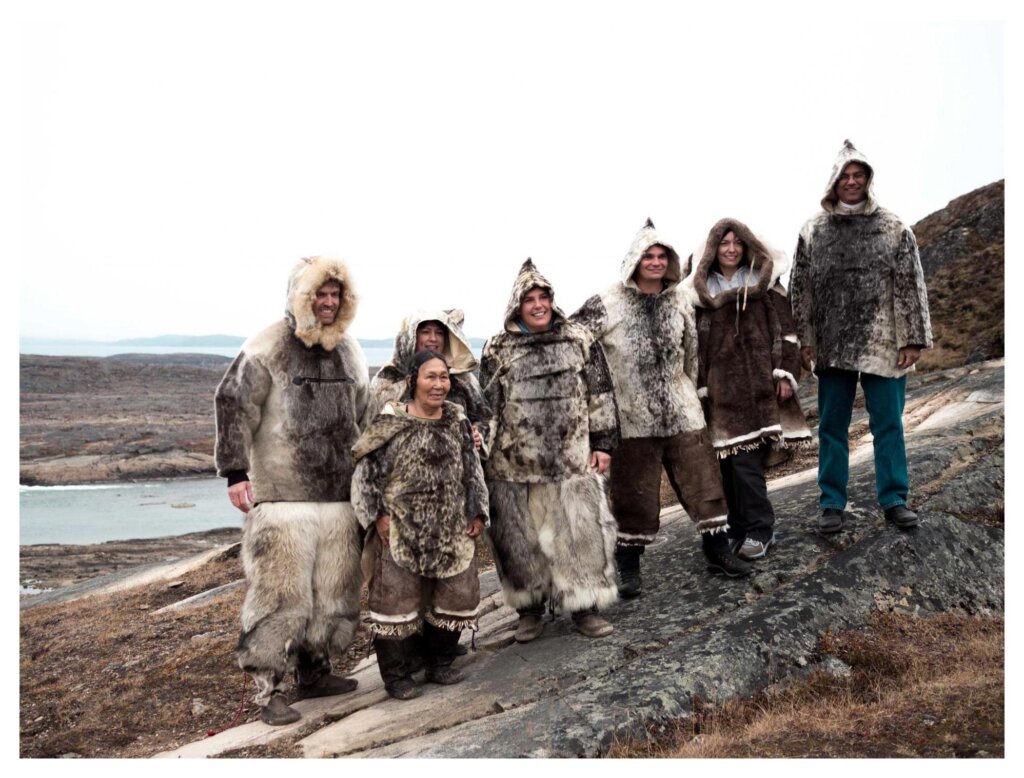
0 Comments